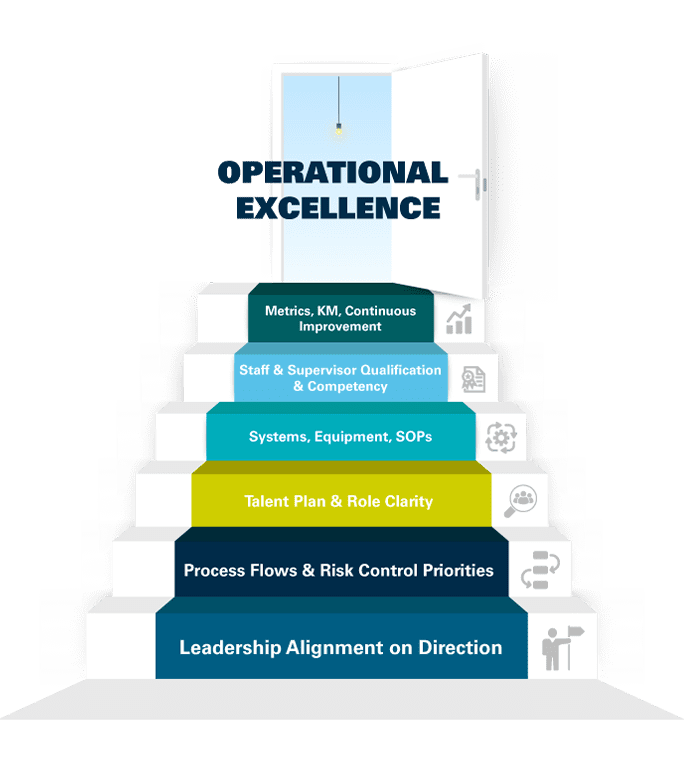Don’t Just Close the Tough Human Error Deviations…Solve Them.
How to resist the temptation to ignore that root cause analysis points to organizational and cultural issues
As most of our industry now recognizes, “Human Error” is not a root cause of issues and deviations.
CAI has developed and used a Human Error Decision Tree to help with RCA and CAPA related to human error. The diagram below is an excerpt from this tool to show possible paths for addressing behavioral issues that point to organizational or cultural issues.

But as we study human error trends in our organizations, what does it take to uncover and address those organizational or cultural issues that are often at the root?
Be brave and persevere. You might view each RCA as a challenging puzzle. Or that you are a detective being led down long dark dusty corridors where others dare not tread. Maybe you subscribe to the Buddhist philosophy that our problems are of our own making, and you are inspired to undo those complex webs of problems we’ve created for ourselves. Take what drives the tenacious side of your nature and feed it by drilling deeper to the core issue.
Don’t dismiss the large, long-term solution that may feel daunting. Human behavior is rarely changed with one simple solution – especially when the behavior is cultural (intentional or not). As you consider the CAPA, don’t restrict your creative self with the unrealistic expectation of finding the quick fix. The solution is most likely a set of actions, designed as a harmonized multi-department effort over a reasonable period.
Visualize the outcomes of meaningful change. Picture yourself two of three years from now in front of a panel of your business leaders, industry peers, etc. What a satisfying feeling to look back on the successful, positive, and necessary change that you initiated. Even more satisfying may be the knowledge that you didn’t give in to the temptation to close each deviation independently with a simple and ineffective CAPA but instead vigorously and successfully pursued a sustainable solution.
Rise above the drama of politics and ego. This may be the hardest challenge in most organizations. First, you should recognize that your organization is not unique with this problem, so be cautious not to become negative about your company. In fact, the best defense against those who would play a political card is to exude massive optimism. Tell those who confront you to “just imagine if we can fix this!” or “review the data so we can address any doubts you may have with my recommendations.” Make a point to be deliberate with frequent, candid communication regarding your observations, analysis, next steps, progress updates, and impact measurement. For those who doubt or defend, involve them directly in the analysis and solution development. Let them be part owner so that they can embrace and celebrate successful change with everyone.
Follow CAI’s Human Performance articles as we highlight the practical approach to each step of our modeled path toward operational excellence:

About the Author
Serving as the Director Human Performance Services at CAI, Harry Benson leads a team of experienced professionals in developing and executing programs, processes, and tools with our clients to standardize and improve the performance of their people. A former nuclear-trained submarine officer and Master Training Specialist, he is an expert in learning solutions design and delivery with over 20 years of experience in applying current methods for organizational effectiveness and learning within highly technical environments. His methods have led to major skill improvement, driving results-based performance for the U.S. Nuclear Navy and companies ranging from small to Fortune 500. Mr. Benson has a Bachelor’s degree from the U.S. Naval Academy, and a Master’s in International Business Administration from Wright State University. He is a specialist in organizational culture and structure, human performance, adult learning, training program development, and data center infrastructure design and operations.




